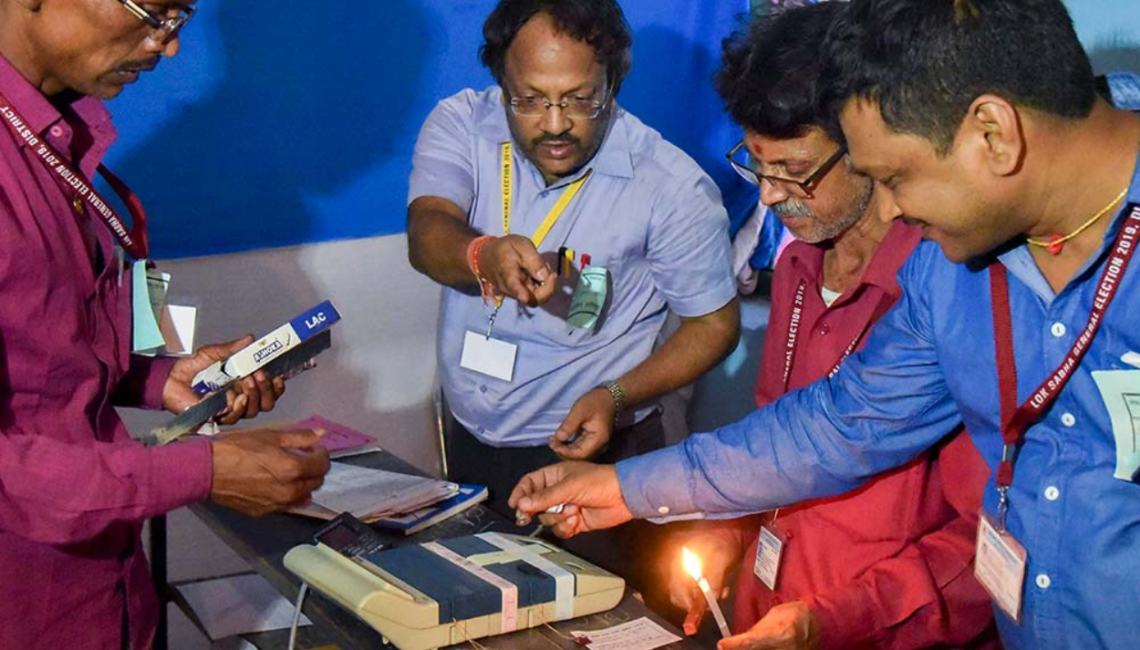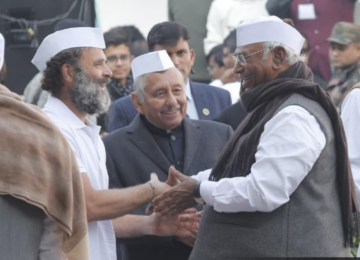Highlighting the challenges faced by domestic migrants returning home to vote, the Election Commission (EC) announced on Thursday that it has introduced remote polling stations to address the issue of disenfranchisement. In a statement, the EC emphasized that in the era of technological advancement, disenfranchisement due to migration should not be an option. The commission expressed concern over the significant number of electors, approximately 30 crores, not exercising their franchise, leading to differential voter turnout in various states and union territories during the General Elections in 2019, where the overall voter turnout was 67.4%.
Recognizing that internal migration is a key reason for voters not registering in a new place of residence and subsequently missing out on voting, the EC unveiled a prototype for a Multi-Constituency Remote Electronic Voting Machine (EVM). This innovative EVM is designed to handle multiple constituencies from a single remote polling booth.

To showcase the functionality of the remote EVM, the EC has invited all eight national and 57 state political parties to a demonstration on January 16. The parties are requested to provide their written views on the model by January 31.
The EC envisions that implementing this initiative could lead to a social transformation for migrants, fostering a connection with their roots. Many migrants are hesitant to enroll at their place of work due to frequent changes in residence, lack of emotional and social ties with the migration area, and reluctance to have their names removed from the electoral roll of their home/native constituencies due to permanent residence or property ownership.

Sources revealed that the inspiration for this model came from Chief Election Commissioner Rajiv Kumar’s personal experience of learning about domestic migration issues during his trek to Dumak village in Chamoli district to cast his vote.
The EC clarified that it had explored various alternative voting methods, such as two-way physical transit postal ballots, proxy voting, early voting at special centers, one-way or two-way electronic transmission of postal ballots (ETPBS), and internet-based voting systems, before finalizing the remote EVM model.


